There is a monogram with the double C that was invented and widely used in female high society before it was associated with the name Chanel: that of the family Castellani. To rediscover its history, we must go back to Rome in the early 19th century, to the Grand Tour era, when young aristocrats and international artists came to the city. In addition to the Colosseum and the unmissable monuments, the Castellani store soon became an important stop, opening in Via del Corso in 1814 and later relocated and expanded in front of the Trevi Fountain. Unique artifacts were created in his laboratory; TRUE Works of art in the form of brooches, necklaces, bracelets and earrings. The Castellani have left their mark on history by being the inventors archaeological gem. A fashion inspired by antiquity, the Etruscans, but not only. The exhibition in Rovati Foundation of Milanwhich houses a selection of jewelry made or collected by them, is a unique opportunity to admire these treasures.
The history of the Castellani goldsmith family
The origins of the Castellani
The progenitor of this dynasty that left its mark on the world of Made in Italy crafts (even before it was defined as such) was Fortunato Pio Castellani. In 1814, when Rome, although a stopover on popular Italian tours, still lagged behind modern European capitals, he boldly decided to open his goldsmith shop on Via del Corso. Activities whose products were unaffordable for the majority of the Roman people. They were not intended for themselves, but for wealthy ladies who accompanied their husbands on visits to the city. Get inspired by Finds made during the excavations – think of the grave goods from the Etruscan tombs of Cerveterior to the wonders of Pompeii and Herculaneum – Fortunato Pio founded the genre of the archaeological jewel, a type of necklace that brought ancient manufacturing techniques back into fashion: the Filigree, granulation and micromosaic. In addition to being a skilled craftsman, he was also an educated and passionate collector of the treasures that inspired him. The Castellani workshop became known for both the production and collection of jewels and other found objects.
The development of jewelry production
The company’s upswing came when the founder’s technical skills were joined by the company’s creative flair Duke Michelangelo Caetani. We owe the most sophisticated and successful ideas to him. An example are the bracelets and pendants decorated with micromosaics, inspired by the vaults of Byzantine and Ravenna churches. Or the pin with the palindrome lettering “I LOVE ROME“: a real souvenir need to have for the noble tourists of the time. Also the Monogram with the double C, the unmistakable trademark of the Roman workshop, was introduced with the arrival of the new employee. The use of the two letters on each artifact began only after 1826, the birth year of the creative partnership between Caetani and Castellani, surnames from whose initials the logo comes. The new generation of Castellani brought the company to the peak of its development. Son August He devoted himself to design while his brother Alexander remained used for commercial purposes. From Via del Corso they moved to the new location near the Trevi Fountain. An elegant building worthy of welcoming the new aristocratic clientele, which even included Napoleon III. belonged to himself. In the second half of the 19th century two more branches were opened, one in Naples and one in Paris. But Castellani’s fashion also reached overseas: in 1876 they took part in the Centennial Exposition in Philadelphia and the following year they exhibited in New York Metropolitan museum. This rise seemed endless… when Art Nouveau came to change the cards on the table and replace the preference for the ancient archaeological. It was in 1919 when Alberto, the family’s heir, decided to donate a large part of the jewels and artifacts collection National Etruscan Museum of Villa Giulia. The name Castellani entered art history from business.
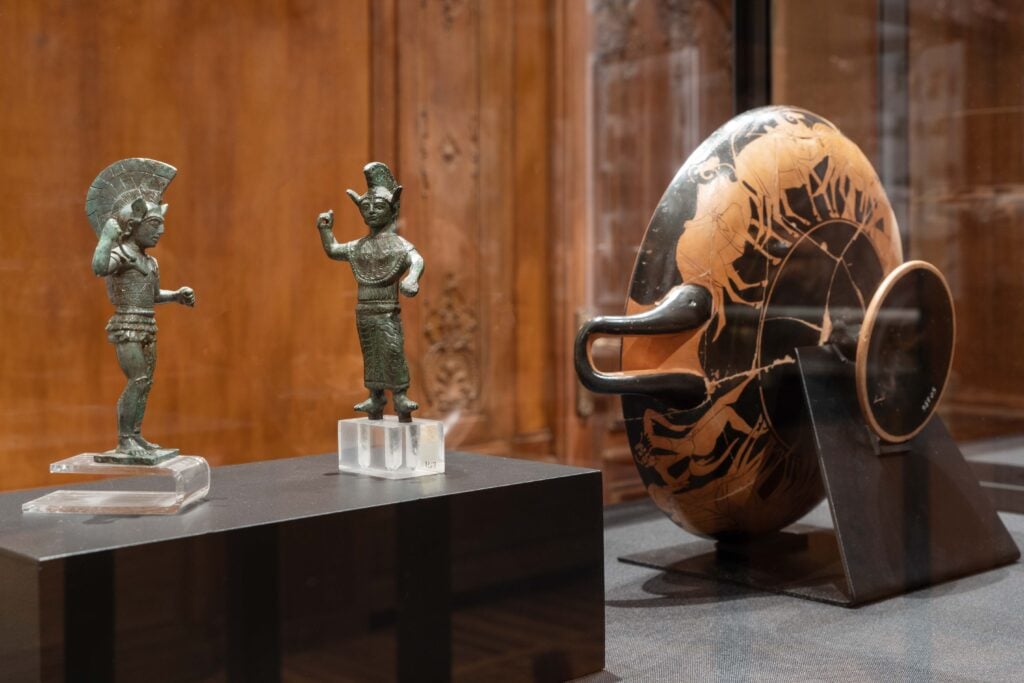
The Castellani Collection of Villa Giulia
Since 1930, following Alfredo’s donation, the Castellani collection has been housed on the ground floor of the Villa Giulia Museum. More than 6000 pieces, from modern jewels to over two thousand ancient artifacts. The same chronological and thematic organization that was used to present the family collection is replicated today in the Roman Museum.
We start with the old goldsmiths, that the Picene productions of the 8th-7th centuries century B.C. BC and the wide panorama of the Etruscans, the greatest masters of filigree and granulation techniques. Followed by the typical gold crowns and earringsHellenistic Ageand the Roman necklaces, characterized by a more sober style in which colored carved stones enrich the ornaments.
Beginning in the early Middle Ages, the collection includes artifacts dedicated to women Lombardsand continues and reaches the Renaissance. The collections relate to oriental and pre-Columbian crafts and the section dedicated to this subject glyptic (Scarabs, agates and other hard stones).
The archaeological jewels created by the Castellani are in dialogue with the historical collection, whether more or less old. Some are true reproductions of archaic 19th-century models and techniques; others exhibit characteristics more closely associated with 19th century tastes, but still remain inspired by the themes and forms of the past.
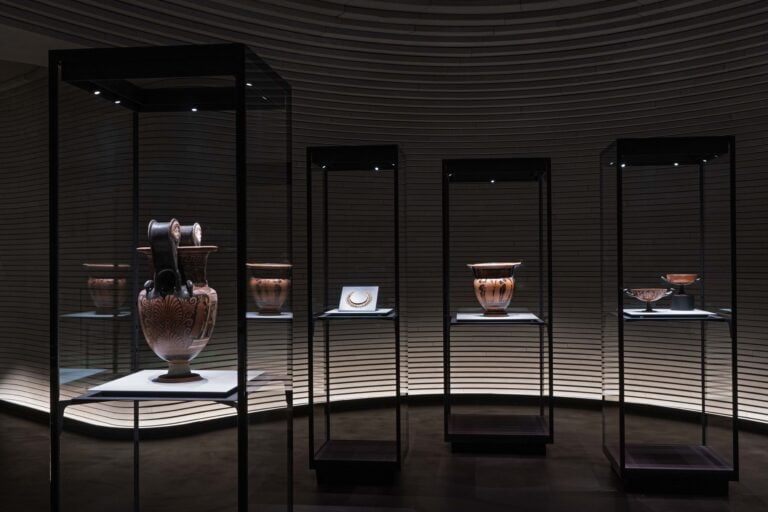 1/7
1/7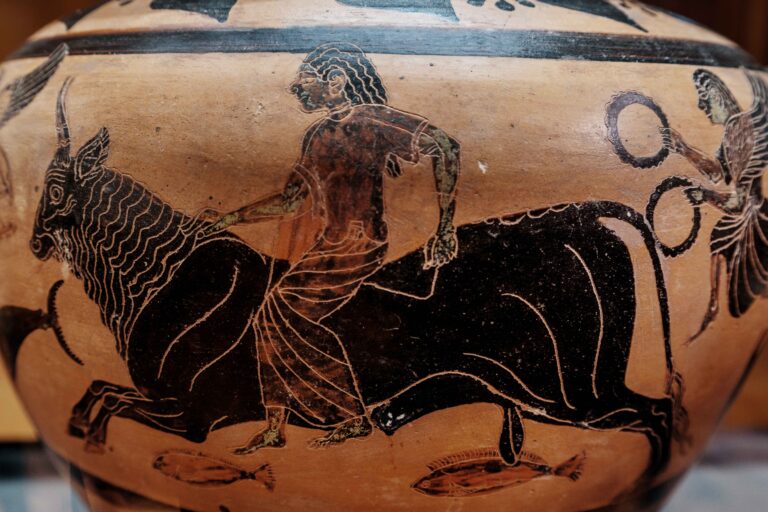 2/7
2/7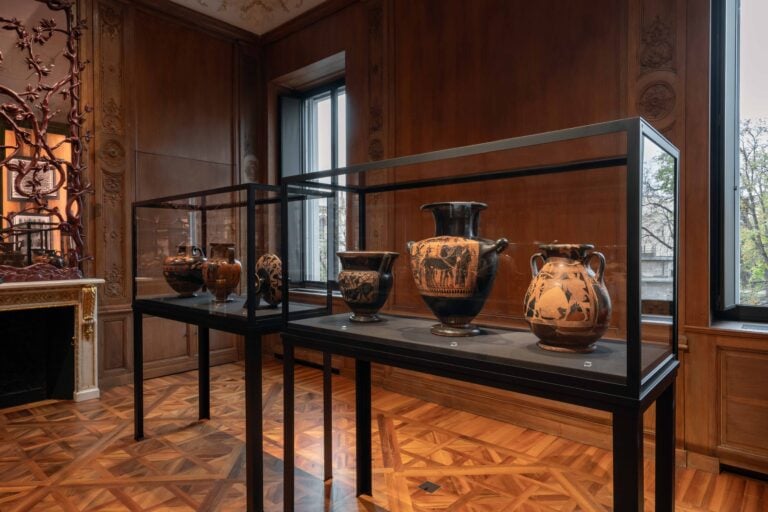 3/7
3/7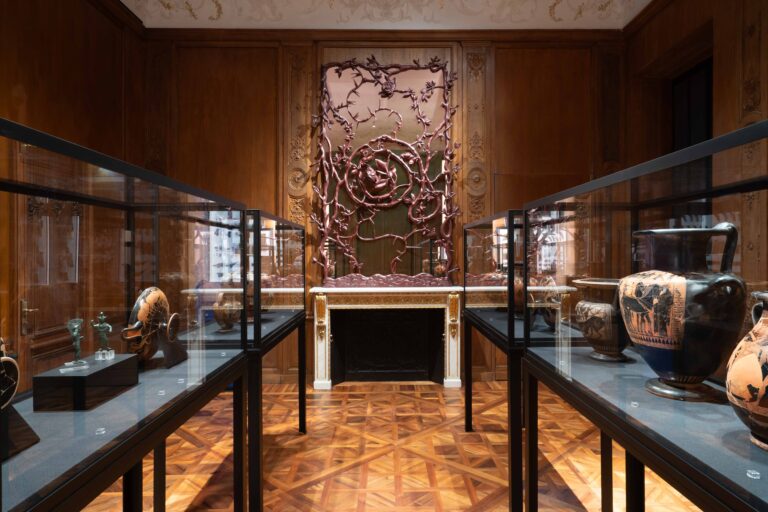 4/7
4/7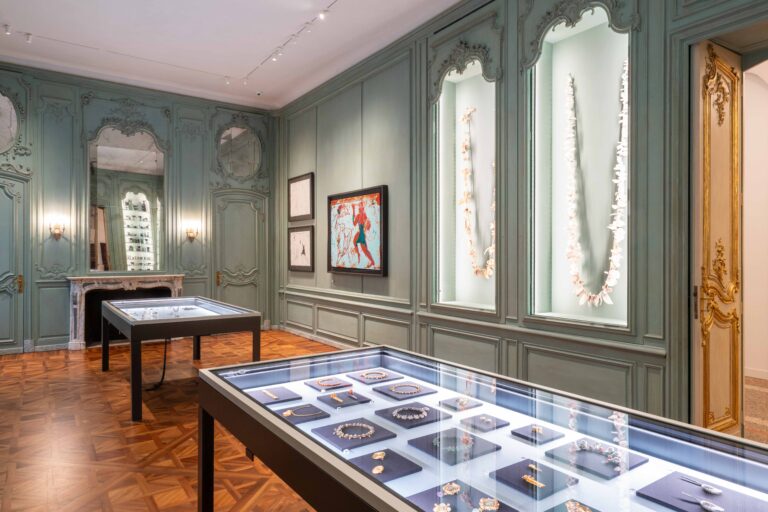 5/7
5/7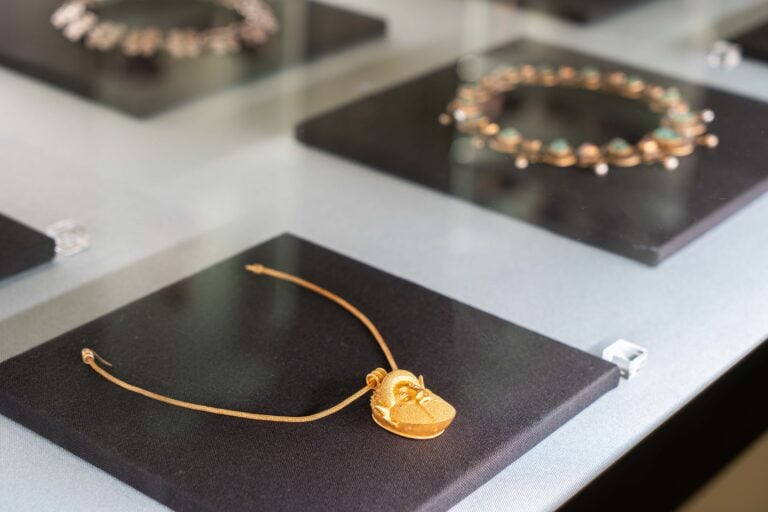 6/7
6/7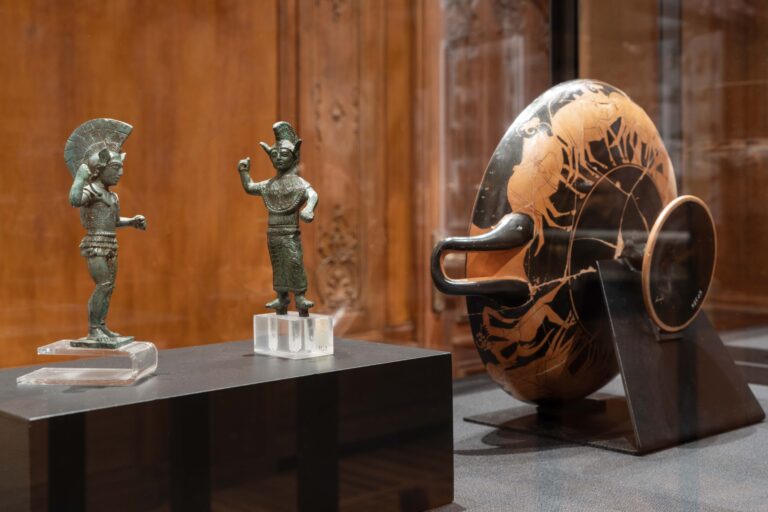 7/7
7/7The exhibition at the Rovati Foundation in Milan
The project and the sections
For the first time ever (except… theft (27 pieces in 2013), the jewels of the Castellani collection leave the rooms of Villa Giulia. An event made possible by the synergy between the Roman Museum and the Rovati Foundation. It is the sign of new social role who want to accept these artifacts: a means of supporting culture and research and entering into dialogue with society. The Milan exhibition fully reflects this commitment by showing a complete overview of the collection linked to the Foundation’s finds.
There are six sections, each dedicated to a specific theme: Masterpieces, Goldsmithing, the Female Universe, Trade, the Myth of Heracles and the History of the Castellani Family. There is also a leap into the present with the works of Chiara Camoni (Piacenza, 1974); These are sculptures and garlands that look like giant shell necklaces, an oceanic twist on ancient artifacts.
The archaeological finds on display include jewels, but also an extensive collection of ceramics: vases and amphoras with red or black figures of various Greek origins, traded by the Etruscans or made locally in Italy. Testimony to the oriental charm that Greece exerted on the Italian people.
Castellani jewels on display
Among all the family treasures on display, the jewels are breathtaking. Be it Etruscan finds or artifacts from the 19th century. The couple Tribe earringsfiligree and decorated with tiny gold grains, it is a first masterpiece of ancient hand, just like the bronze chain decorated with it Tyrants (Spiral motifs), reproduced immediately in the modern version. However, two pieces that have also attracted thieves in 2013 are attracting the most attention. The first is a Solid gold bracelet, decorated with a micromosaic in the shape of a moth. It is reminiscent of the fable of Cupid and Psyche, whose Greek names are shown in mosaic form on both sides. The other gem in question is a Pen in gold foil, made into three cartouches. In the center a carved quartz with the signature (rare detail) of the Castellani’s trusted engraver, Luigi Pichler. A further confirmation of the artistic value of these artifacts is the affiliation of this craftsman to the prestigious Accademia di San Luca.
Emma Sedini